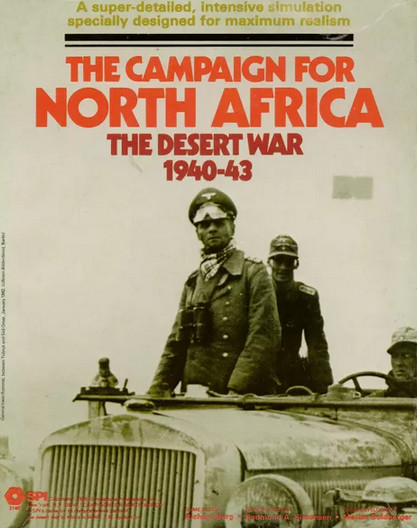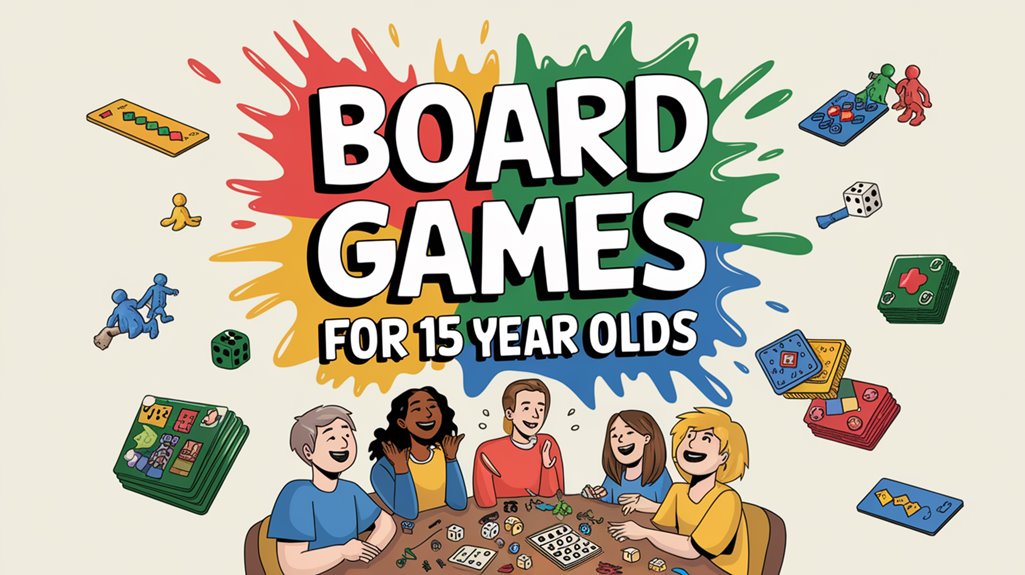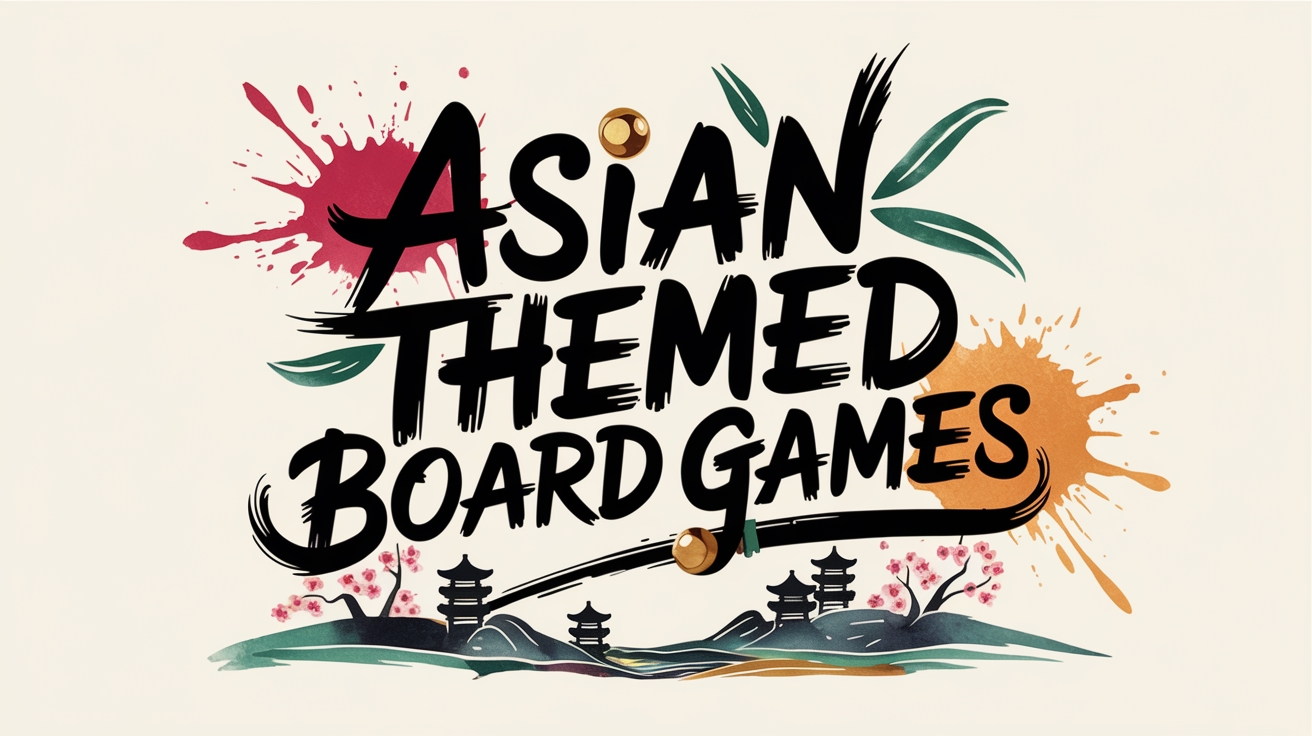In the vast terrain of board gaming, complexity serves as both a barrier and a beckoning challenge to enthusiasts. While many games balance accessibility with strategic depth, certain titles extend the limits of intricacy to extraordinary levels. The Campaign for North Africa stands as an indication of how far game designers can stretch the limits of complexity, with its legendary 200-page rulebook and estimated 1,000-hour gameplay duration. Yet, this raises intriguing questions about what truly defines complexity in board games, and whether such extreme examples improve or detract from the gaming experience. The answer lies in understanding how different elements of game design contribute to creating truly sophisticated tabletop experiences.
Key Takeaways
- Campaign for North Africa is widely regarded as the most complex board game, featuring a 200-page rulebook and 1,000-hour gameplay.
- The game’s intricate logistics system requires players to track minute details like water consumption for Italian troops’ pasta preparation.
- Advanced Squad Leader follows as second-most complex, with detailed combat simulation and extensive rule modifications.
- Go, while having simple rules, possesses astronomical computational complexity exceeding 10^170 possible game positions.
- Kingdom Death: Monster represents modern complex gaming with intricate character progression and brutal combat mechanics.
Defining Board Game Complexity
Defining the complexity of a board game involves analyzing multiple interconnected factors that contribute to its overall difficulty and depth. These factors include rules depth, strategic complexity, game length, and the interaction between mechanical and emergent complexity.
Board game complexity is often measured using established frameworks, such as BoardGameGeek’s Weight system, which evaluates elements like rulebook length, required technical skills, and decision-making depth. Games can be categorized into different complexity levels, ranging from simple Level 1 games with basic rules to highly intricate Level 6 games that demand multiple playthroughs to master. For novice players, games with complexity levels 1-2 are typically recommended as starting points.
The impact of complexity affects both accessibility and replay value. While higher complexity can create barriers for new players, it likewise offers rewarding experiences for those seeking strategic depth and intellectual challenges.
Top Complex Board Games Today

Among today’s board gaming environment, several titles stand out for their remarkable complexity and strategic depth. Campaign for North Africa leads the pack with its massive 200-page rulebook and 1,000-hour gameplay requirement, focusing on detailed World War II logistics down to individual fuel consumption. Advanced Squad Leader follows with its intricate combat simulation systems, while Magic: The Gathering presents complexity through thousands of interacting cards and rules. Popular cooperative games like Howl and Popcorn have also introduced new layers of complexity through their unique mechanics and dynamic gameplay systems.
In terms of strategic depth, the ancient game of Go offers profound gameplay possibilities in spite of simple rules, while modern titles like Twilight Imperium and Gloomhaven combine rich narratives with deep tactical elements. These games demonstrate how complexity can become apparent through different aspects, whether through detailed rule systems, strategic options, or the interaction of multiple game mechanics working together.
Measuring Game Complexity Levels
Several established mathematical approaches help quantify the complexity of board games, with state-space complexity and game-tree complexity serving as primary metrics. These measurements analyze factors like possible game positions, branching factors, and decision trees to determine overall complexity levels. The infinite game trees that exist in games without move limits create additional analytical challenges.
| Game Type | State-Space Complexity | Game-Tree Complexity |
|---|---|---|
| Tic-Tac-Toe | 10^3 | Low |
| Connect Four | 10^13 | 10^21 |
| Go | Astronomical | Nearly Inestimable |
Computational complexity adds another dimension to game analysis, using big O notation to express how difficulty scales as games grow larger. While simpler games like Tic-Tac-Toe can be fully mapped, more complex games like Go have such vast decision trees that they exceed computational capabilities, making them particularly challenging to analyze thoroughly.
Understanding Complexity Rating Systems
Board game complexity can be systematically evaluated through various rating systems, each designed to quantify different aspects of game difficulty and strategic depth. The Mogul Scale offers a two-dimensional approach, rating both rules complexity and strategic difficulty on a 1-5 scale, where games like Tic-tac-toe represent the simplest level and High Frontier exemplifies maximum complexity. Strategic complexity ratings range from A to E, allowing for precise measurement of gameplay depth.
More sophisticated systems include game-tree complexity measurements, which calculate possible outcomes based on decision trees and branching factors. The Spider Graphs Rating System provides an even more detailed analysis by breaking down complexity into multiple components, including learning weight, playing weight, and strategic depth. These various approaches help players understand the complexity levels of different games, from simple classics to intricate titles like Campaign for North Africa and Advanced Squad Leader.
Historical Complex Game Milestones
Tracing the evolution of complex board games reveals significant milestones that have shaped the industry’s understanding of strategic depth and mechanical intricacy. The 1978 release of The Campaign for North Africa marked a pivotal moment, introducing unprecedented complexity in wargaming. This trend continued through subsequent decades, culminating in modern masterpieces of intricacy. With 10^170 possible configurations, Go stands as one of the most mathematically complex games ever created.
| Year | Game | Key Innovation |
|---|---|---|
| 1978 | The Campaign for North Africa | Ultra-detailed logistics simulation |
| Mid-1970s | SPI Wargames | Player-driven complexity development |
| 2016 | AlphaGo vs. Lee Sedol | AI mastery of complex gaming |
| 2020s | Kingdom Death: Monster | Modern complexity integration |
Recent developments have shown that complexity in board games continues to evolve, with titles like A World at War and Mage Knight pushing boundaries while maintaining strategic depth that appeals to dedicated players.


